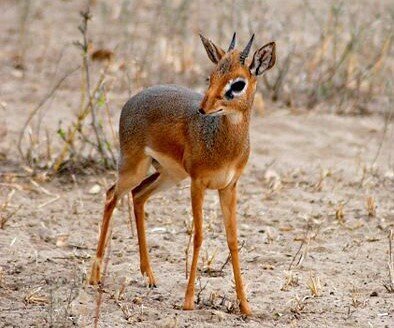DOE opens Iran’s richest biodiversity museum

TEHRAN – The richest and most important biodiversity museum of Iran has been set up in the Department of Environment (DOE) after years of efforts and activities of Iranian researchers, IRIB news agency reported.
In the museum of the natural history of Iran, out of about 90,000 identified specimens in the world, there are more than 5,000 specimens of animals, plants, ancient and museums.
The purpose of this museum is to provide specialized research and specimens to scientists and entry is not open to the public.
The museum includes several sections, including a genetic bank that includes samples of genes from Iranian and foreign species for study, a herbarium collection, an animal taxidermy collection, and a geological museum.
Providing research opportunities in the fields of animal, plant and geological species, the museum allows researchers and scientists to study special and rare species of Iran and other species.
Farhad Sadeghi Rad, head of the department of animals at the museum, told Sputnik in Tehran that this collection, which is the first-panel exhibition (collection of horns and skulls) in Iran, has been working for a long time, since 2006 until the efforts of Iranian researchers, this panel has been completed and is now operational.
This panel includes a variety of deer, chinkara, antelopes, mouflon, wild goat, and a large number of specimens of foreign animals, especially from Russia, Siberia, and Africa; We have worked with experts from different countries, including Russia, to assemble foreign panel collections, and experts, researchers, and scientists from other countries can take advantage of this excellent opportunity to research species, he explained.
Referring to the taxidermy collection, he noted that the samples are generally collected after an animal’s death either due to accident or illness, of course, part of this collection has been donated.
He went on to say that in this collection, there are 8 top specimens of the world that are unique and there is no second specimen of them, including urials, hartebeest, dik-dik (the world's smallest antelopes), and Persian fallow deer.
Leila Ezzodinlou, head of the biotechnology department of the museum, also pointing to the activities of this collection, said that Gene Bank of the DOE started operating in 2006, aiming to preserve native plant and animal species and also to maintain gene samples of endangered species such as Asiatic cheetah in order to protect genetic resources.
“We already keep approximately 22 percent of the gene samples of animal species in Iran, including mammals, reptiles, birds, fish, and biospheres.”
The samples in this collection are provided to researchers and scientists in accordance with the research in order to prevent direct sampling injuries to animals, she noted, adding, received samples are stored for about 10 to 15 years under special conditions and under constant supervision in a certain amount of alcohol and are replaced with new samples before degradation.
“In this collection, in addition to genetic samples, we also keep DNA samples,” she concluded.
FB/MG
Leave a Comment